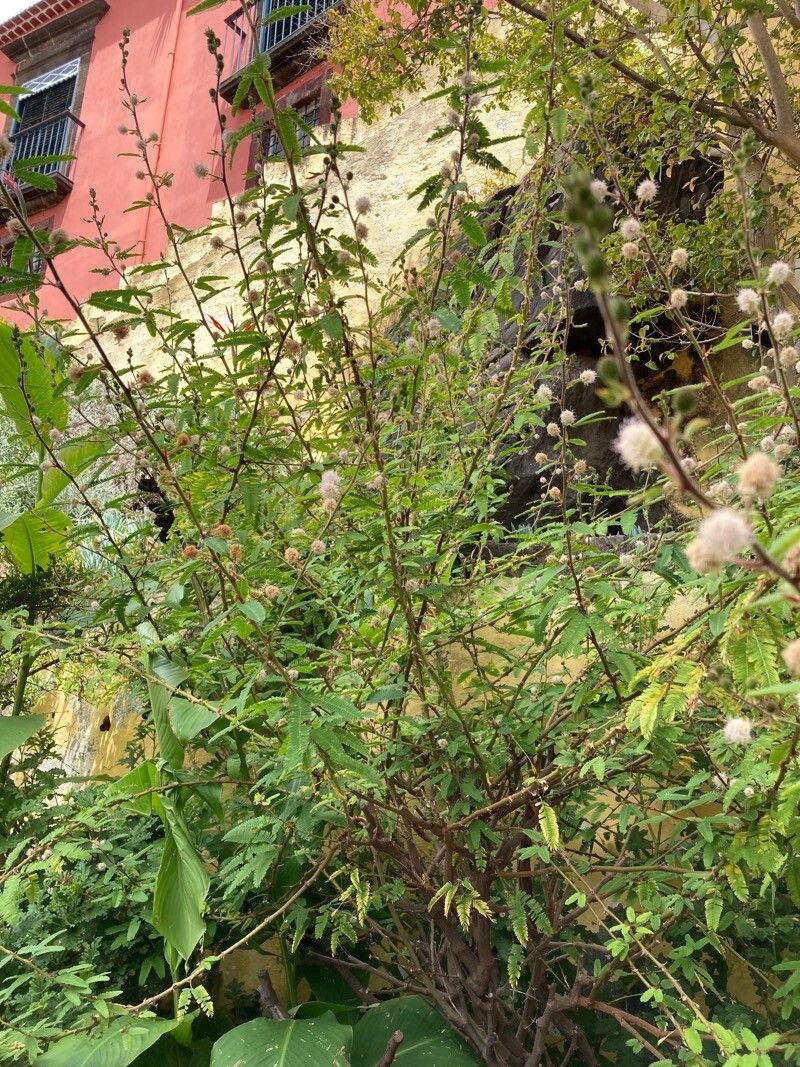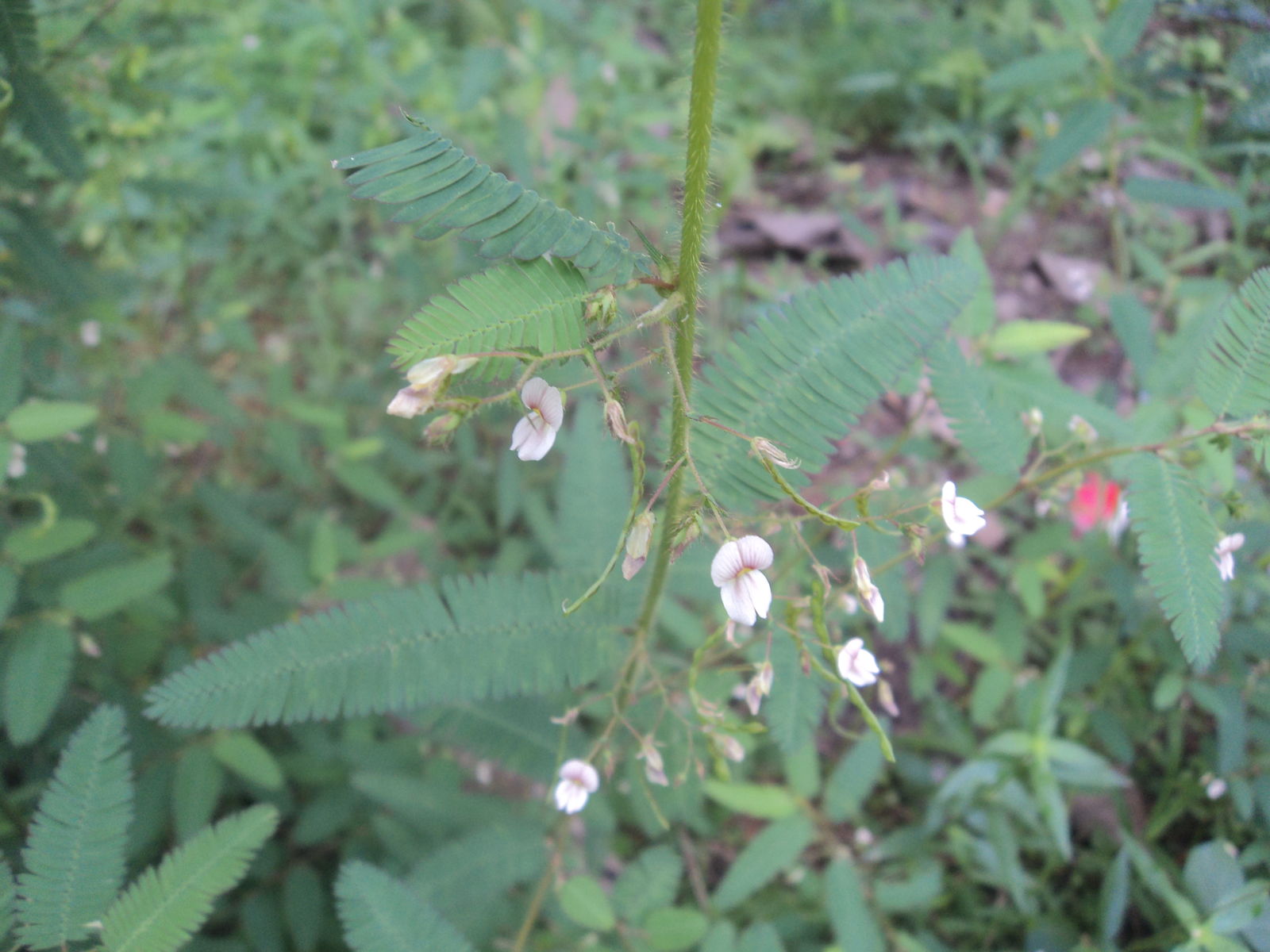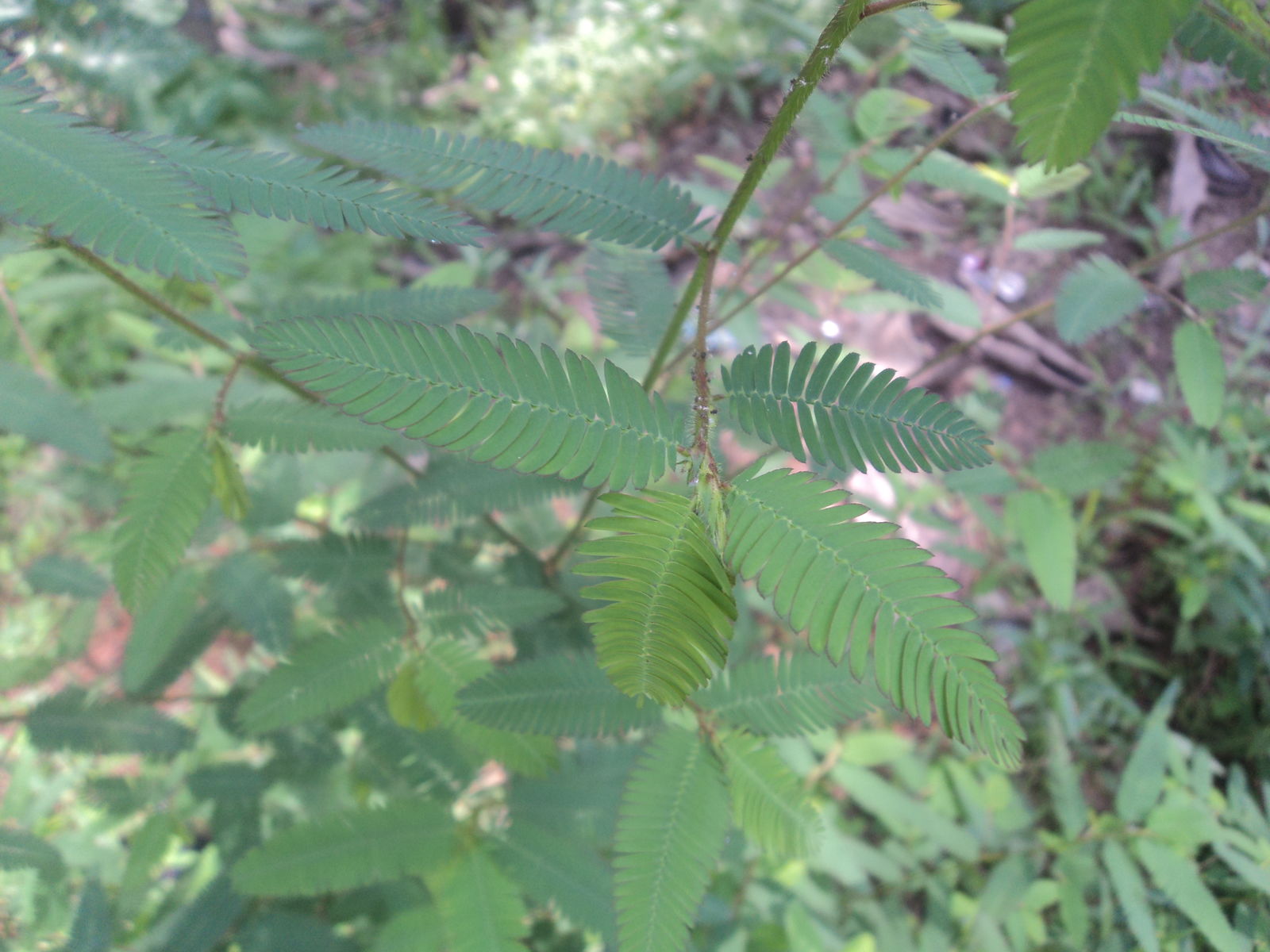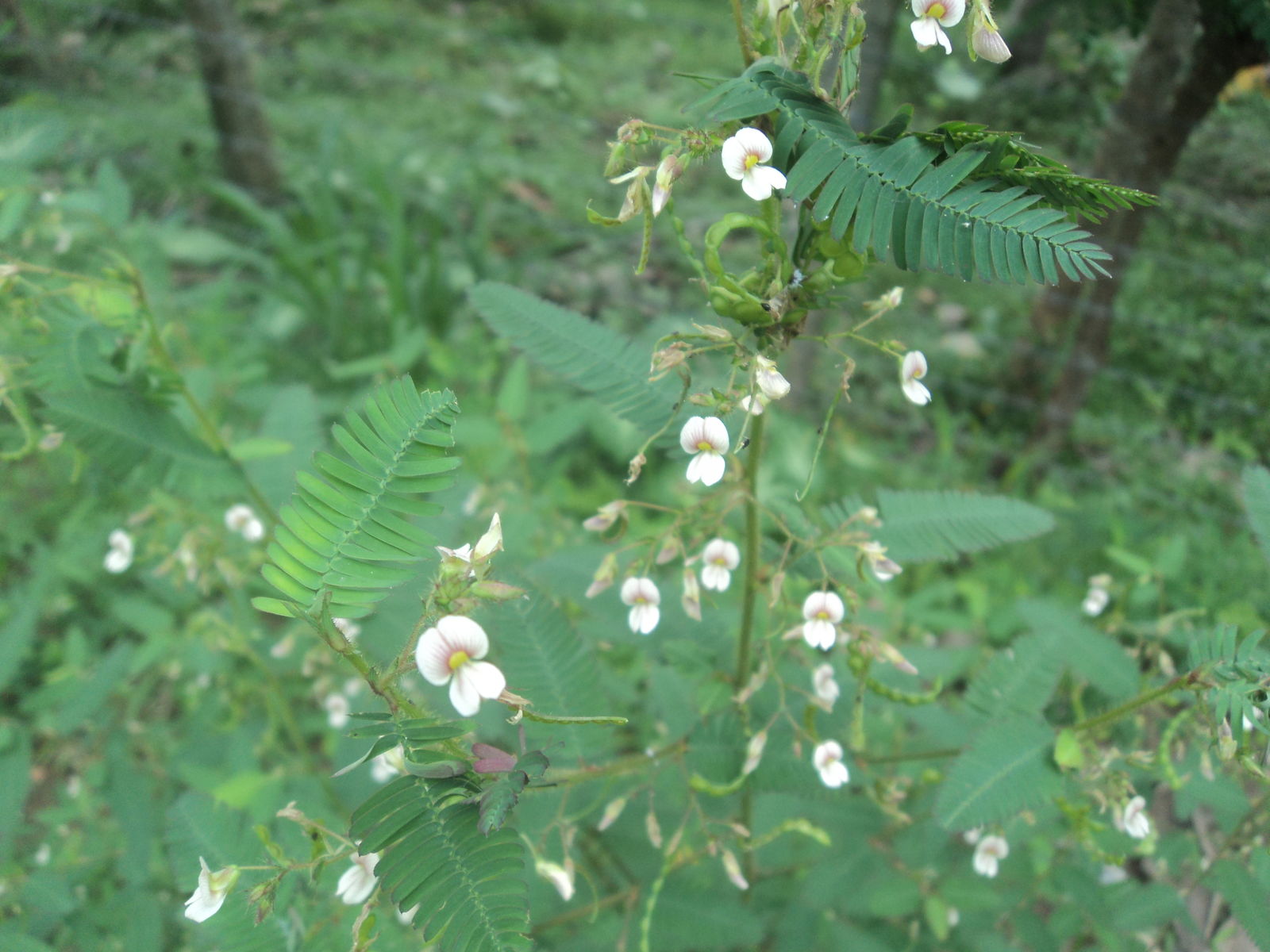American Jointvetch
aeschynomene americana
Also known as: ["American Jointvetch","Jointvetch"]
Overview
Aeschynomene americana is an annual herbaceous plant native to the Americas, known for its ability to grow in aquatic or semi-aquatic environments.
Benefits & Perks
["wildlife attractant (bees, butterflies, birds)","drought tolerant","shade tolerant"]
Botanical Classification
| Phylum: | Magnoliophyta |
| Class: | Magnoliopsida |
| Order: | Fabales |
| Family: | Fabaceae |
| Genus: | Aeschynomene |
| Botanical Name: | Aeschynomene americana |
Plant Characteristics
Basic Information
- Category: Herbs & Weeds
- Suitable Location: outdoor garden bed in warm, frost-free regions
- Suitable For:
- Is Weed: No
- Allergenicity: low
Environmental Needs
- Climate: {"temperatureRange":"15–30°C"}
- Hardiness: {"zones":"9–11"}
- Misting: rarely required, only if ambient humidity is very low
- Drainage: Fast-draining to prevent waterlogging.
- Soil Type: Well-draining potting mix with added perlite or sand for aeration.
Maintenance Level
- Maintenance Level: low
- Toughness Level: moderate
- Pruning Frequency: Light pruning every 2–3 months; major pruning in early spring if needed.
- Pruning Intensity: Light to moderate; avoid heavy pruning unless necessary to control size.
Care Details
Ideal Sunlight Coverage:
Bright indirect light for 6–8 hours daily; can tolerate partial shade, especially in hot climates.
Sunlight Tolerance Tips:
Acclimate plants gradually to intense sunlight; protect from direct midday sun to prevent scorching; adjust placement based on seasonal light changes.
Care Requirements
Care Difficulty
easymoderate
Sunlight
full sun to partial shade
Rotate plant weekly for even growth; use sheer curtains to filter intense light; avoid placing near east-facing windows in summer.
Watering
every 7–10 days during active growth, reduce in winter
Water thoroughly but infrequently; ensure proper drainage; avoid wetting foliage.
Soil
well-draining, sandy loam with moderate organic content
pH: Slightly acidic to neutral (pH 6.0–7.0).
Use pots with drainage holes; avoid compacted soil; refresh soil mix annually.
Temperature
Prefers 65–85°F (18–29°C); tolerates mild frosts but thrives in warm conditions.
Avoid placing near drafty windows or air vents; maintain consistent room temperature; use a thermometer to monitor conditions.
Fertilizing
every 4–6 weeks during growing season
Apply fertilizer after watering to prevent root burn; flush soil occasionally to prevent salt buildup; reduce frequency in fall and winter.
Propagation
Methods
Stem cuttings or division; stem cuttings are more common for home growers.
Step-by-Step Propagation Guide
- Take a 4–6 inch cutting with at least two nodes.
- Remove lower leaves.
- Plant in moist medium.
- Keep warm and humid.
Best Time: Spring or early summer when the plant is actively growing.
Environment
Warm, humid environment with indirect light; maintain temperatures around 70–75°F (21–24°C).
Medium
Well-draining potting mix with perlite or sand; can also root in water.
Hormone
Rooting hormone can be used but is not strictly necessary.
Timeline
Roots typically form in 2–4 weeks; new growth may appear in 6–8 weeks.
Tools Needed
Pruning shears, rooting hormone (optional), small pots, well-draining medium.
Quick Tips
Use clean tools to prevent disease; maintain high humidity with a plastic bag or propagator; keep out of direct sunlight.
Pruning & Repotting
Pruning Guide
Method
Pinch back tips to encourage branching; trim leggy stems to promote compact growth.
Pruning Plan
Prune to maintain shape, encourage bushier growth, and remove dead or diseased parts.
Tools
Pruning shears, sharp scissors, clean knife.
Checklist
Use clean tools; prune in early morning or evening; remove only dead or overgrown parts.
Repotting Guide
Best Season
Early spring before the growing season begins.
Pot Size
Choose a pot one size larger (1–2 inches wider) than the current one.
Method
Remove plant gently; trim any circling roots; place in a new pot with fresh soil; water lightly after repotting.
Suggestions
Repot every 1–2 years or when roots fill the pot; beneficial for root health and growth.
Checklist
Use fresh potting mix; ensure good drainage; water sparingly after repotting.
Advanced Care Tips
Watering Mastery
Watering Checklist
Check soil moisture before watering; water early in the day; ensure pots have drainage holes.
How to Apply Water Properly
Water at the base of the plant, ensuring moisture reaches the root zone; allow excess water to drain away; water in the morning to reduce evaporation.
Watering Schedule Tips
Water deeply once the top inch of soil feels dry; reduce frequency in winter to prevent root rot.
Soil Improvement
Add perlite or coarse sand to improve drainage; incorporate organic matter like compost for fertility.
Temperature Stress Management
Signs of Temperature Issues
Yellowing leaves or leaf drop in cold stress; wilting or scorched leaf edges in heat stress.
Cold Stress
Growth slows or halts; leaves may turn yellow or brown; risk of root damage in freezing temperatures.
Solution: Move to a warmer location; cover with a frost cloth if temperatures drop below 50°F (10°C); reduce watering in cool conditions.
Hot Stress
Leaves may wilt, curl, or develop brown spots; growth may become stunted.
Solution: Provide shade during peak heat; increase humidity with misting; water more frequently but avoid waterlogging.
Fertilizing Guide
Fertilizing Checklist
Use diluted fertilizer; fertilize during active growth; avoid over-fertilizing.
Fertilizing Method
Use a balanced liquid fertilizer diluted to half strength every 4–6 weeks during growing season; avoid fertilizing in winter.
Common Problems & Solutions
Toxicity Warning
Cats
Non-toxicAeschynomene americana is not known to be toxic to cats. It does not pose a significant risk if ingested or handled by felines.
⚡ Toxic If:
Not applicable
Dogs
Non-toxicAeschynomene americana is not known to be toxic to dogs. It does not pose a significant risk if ingested or handled by canines.
⚡ Toxic If:
Not applicable
Humans
Non-toxicAeschynomene americana is not known to exhibit toxic properties to humans. It is generally considered safe for consumption and handling.
⚡ Toxic If:
Not applicable
Frequently Asked Questions
Q: Is Aeschynomene americana toxic to pets?
A: There is insufficient data on its toxicity to pets.
Q: Where can Aeschynomene americana be grown?
A: It thrives in aquatic or semi-aquatic environments and can be grown in wetlands or near water bodies.
Q: Does Aeschynomene americana attract wildlife?
A: Yes, it attracts bees, butterflies, and birds, making it a good choice for wildlife gardens.
Quick Reference
| Family: | Fabaceae |
| Care: | easy |
| Light: | full sun to partial shade |
| Water: | every 7–10 days during activ |
Get Expert Care Tips
Download the Plantious app for personalized care reminders and plant identification!
Google Play App Store








